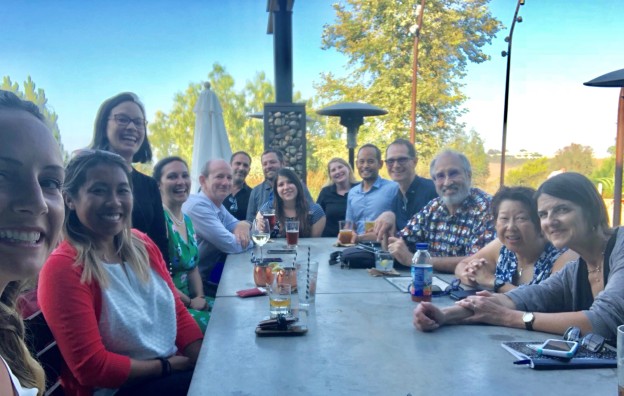In January 2015, the California Department of Public Health published an updated version of the Medical Waste Management Act (MWMA). Below are important changes that may affect your institution.
17630 -Biohazard Bag
"Biohazard bag" means a disposable film bag that is impervious to moisture. The film bags that are used for transport shall be marked and certified by the manufacturer as having passed the tests prescribed for tear resistance in the American Society for Testing Materials (ASTM) D1922, "Standard Test Method for Propagation Tear Resistance of Plastic Film and Thin Sheeting by Pendulum Method" and for impact resistance in ASTM D1709, "Standard Test Methods for Impact Resistance of Plastic Film by the Free-Falling Dart Method" as those documents were published on January 1, 2014. The film bag shall meet an impact resistance of 165 grams and a tearing resistance of 480 grams in both parallel and perpendicular planes with respect to the length of the bag. The color of the bag shall be red, except when yellow bags are used to further segregate trace chemotherapy waste and white bags are used to further segregate pathology waste.
118275 (a)(6)
(B) Nonradioactive pharmaceutical wastes that are not subject to the federal Resource Conservation and Recovery Act of 1976 (Public Law 94-580), as amended, and that are regulated as medical waste are placed in a container or secondary container labeled with the words "HIGH HEAT OR INCINERATION ONLY," or with another label approved by the department, on the lid and sides, so as to be visible from any lateral direction, to ensure treatment of the biohazardous waste pursuant to Section 118222.
117665 - Highly Communicable Diseases
“Highly communicable diseases” means diseases, such as those caused by organisms classified by the federal Centers for Disease Control and Prevention as risk group 3 organisms or higher.
117750 - Sharps Container
(a) “Sharps container” means a rigid puncture-resistant container used in patient care or research activities meeting the standards of, and receiving approval from, the United States Food and Drug Administration as a medical device used for the collection of discarded medical needles or other sharps.
(b) Sharps containers, including those used to containerize trace chemotherapeutic wastes, shall not be lined with a plastic bag or inner liner.
117975 - Treatment and tracking Records
(a) A large quantity medical waste generator required to register pursuant to this chapter shall maintain for a minimum of two years individual treatment and shipping and tracking documents for all untreated medical waste shipped offsite for treatment.
117967 – Onsite Treatment (similar requirement listed in 117938 for small quantity generators)
(a) Large quantity generators that treat medical waste onsite using steam sterilization, incineration, microwave technology, or other department approved treatment technology to treat medical waste shall train the operators of the equipment in its use, proper protective equipment to wear, if necessary, and how to clean up spills to ensure that the equipment is being operated in a safe and effective manner.
(b) Annual training for the operators shall be provided after the initial training has been completed.
(c) The training shall be documented and the documentation shall be retained at the facility for a minimum of two years. Training shall comply with applicable federal Occupational Safety and Health Administration regulations, including those found in Section 1910 of Title 29 of the Code of Federal Regulations.
Please consult the CDPH website for other changes made to the MWMA.


